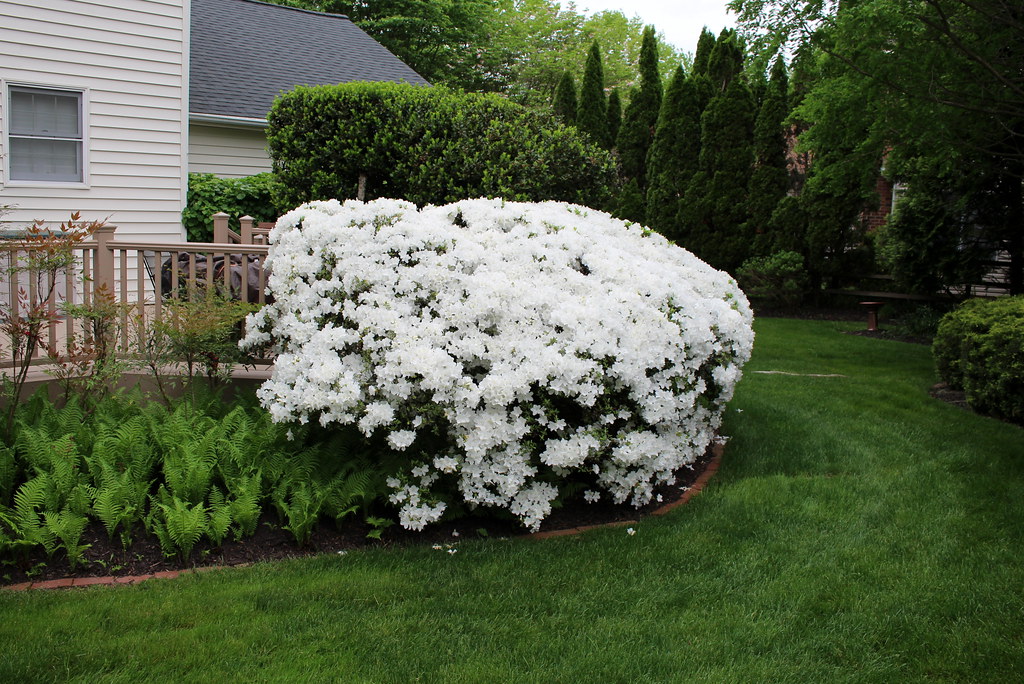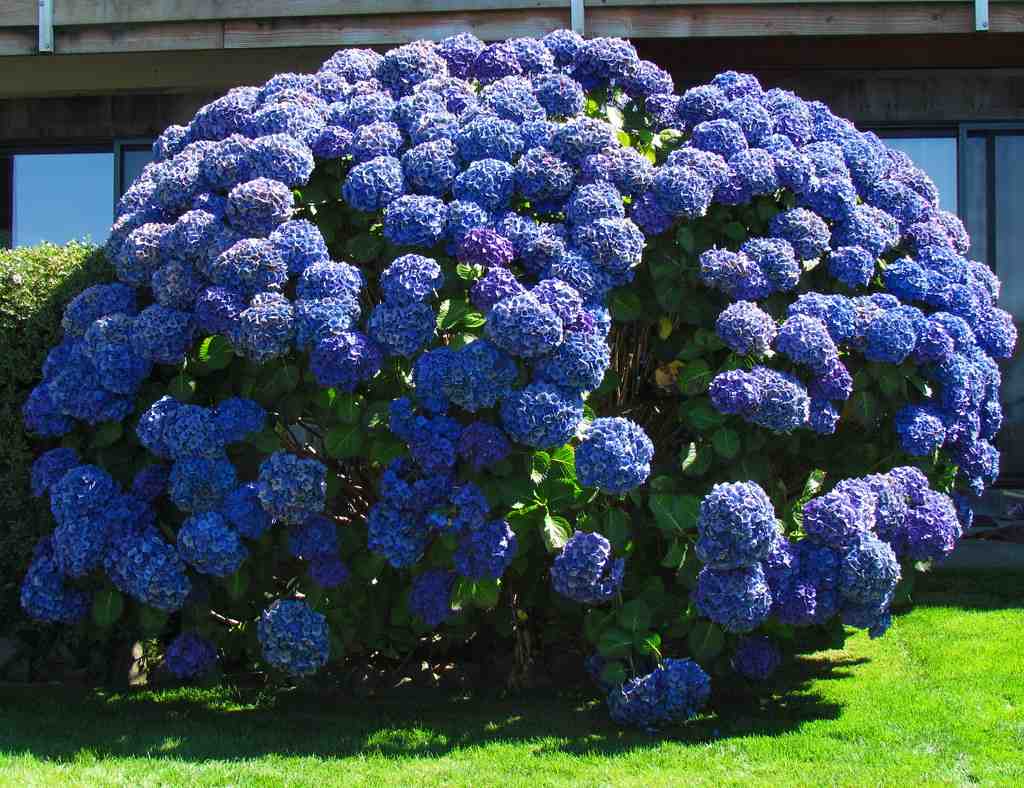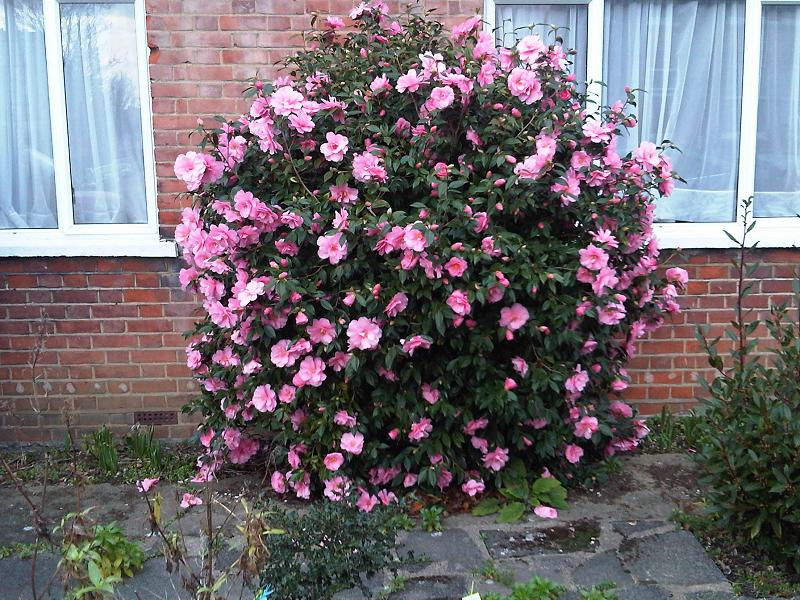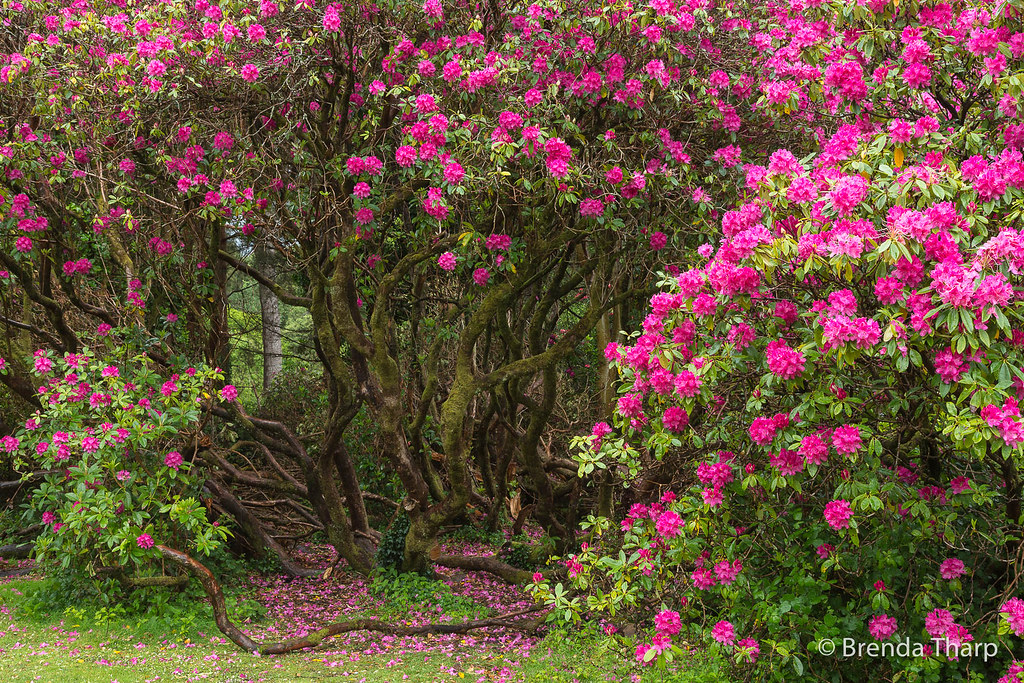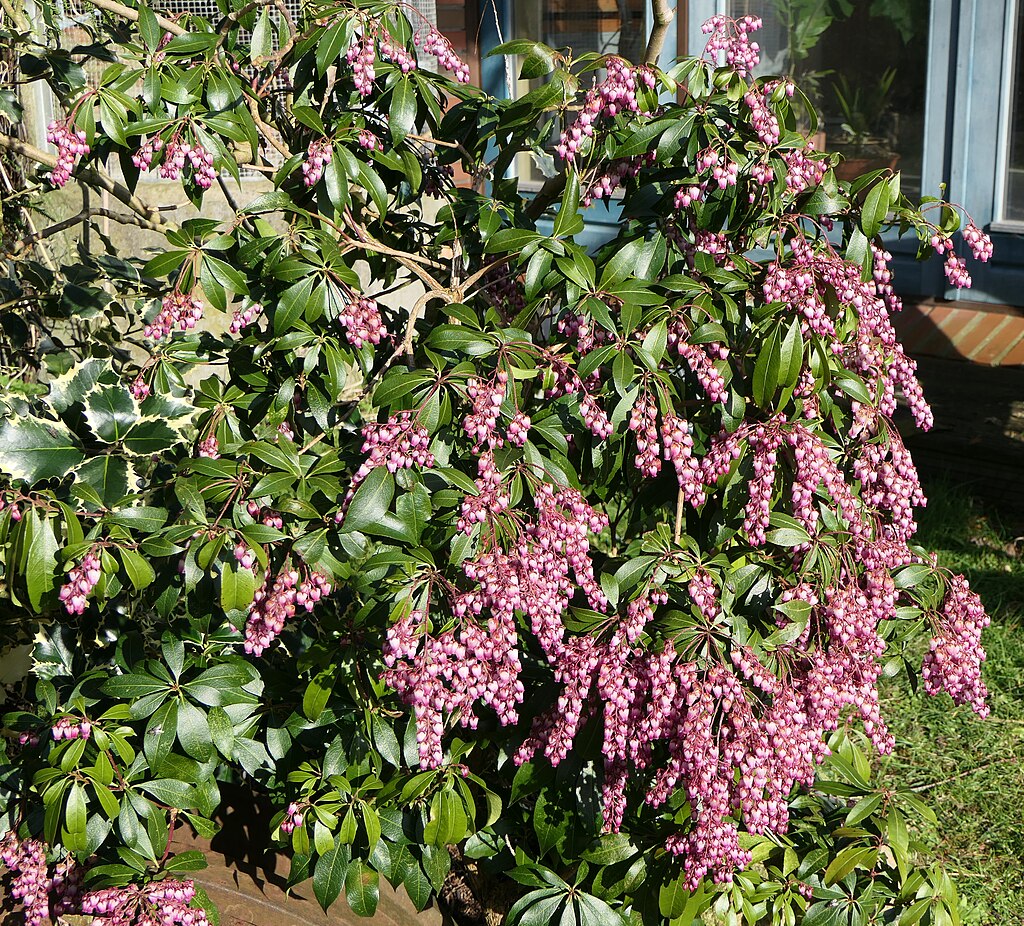Adding color to shady areas of your garden doesn’t have to be a challenge. Flowering shrubs that thrive in low-light conditions offer a beautiful solution, bringing life and brightness to darker corners of your landscape.
These shade-loving plants serve multiple roles, from creating visual interest to attracting pollinators. Unlike sun-hungry flowers, these adaptable shrubs flourish in areas with less direct light, adding charm to often overlooked spaces.
Here are 10 of the best flowering shrubs for shade, helping you bring color and beauty to the shadier parts of your yard.
Azaleas
Azaleas thrive in acidic soil with a pH between 4.5 and 6.0, requiring well-draining, organic-rich conditions. Spring planting is ideal, allowing roots to establish before winter. These shrubs exhibit moderate growth rates, typically adding 6-12 inches per year. Popular varieties include ‘Encore’ azaleas, which bloom multiple times annually, and ‘Kurume’ hybrids, known for their compact size and abundant flowers. ‘Stewartstonian’ offers bright red blooms and excellent cold hardiness.
Hydrangeas
Hydrangeas are known for their large flower clusters that change color based on soil pH. They prefer well-draining, slightly acidic soil rich in organic matter. The growth rate varies by species, with some varieties growing up to 25 inches per year. Popular types include the mophead hydrangea with its round flower clusters, and the oakleaf hydrangea, prized for its fall foliage. ‘Annabelle’ is a hardy variety with white blooms, while ‘Nikko Blue’ produces blue flowers in acidic soil.
Camellias
Because of their resilience to disease, camellias are frequently chosen by gardeners looking for low-maintenance plants. Planting these evergreen shrubs in the fall or spring allows their root systems to establish before the harsh summer or winter weather. This is when they thrive the most. Known for its deep crimson flowers, ‘Kramer’s Supreme,’ or ‘Debutante,’ popular types give a variety of blooming possibilities while generally remaining resistant to common pests and diseases.
Rhododendrons
Rhododendrons thrive in various US Hardiness Zones, typically falling between zones 4 and 8, making them versatile for different climates. There are many well-known cultivars, such as ‘Nova Zembla,’ which is renowned for its strong foliage and huge crimson blossoms. Rhododendrons undergo a metamorphosis each spring, exhibiting a seasonal display of pinks, purples, and white blossoms that catch the eye of gardeners. Gardeners love this plant for its brilliant blossoms and flexibility.
Mountain Laurel
Since mountain laurel is typically planted in the spring or fall, they are good seasons to start this plant in your garden. Although its deep root system allows it to grow in a variety of soil conditions, acidic, well-drained soils are its preferred environment. Mountain laurel is still a good option for gardeners who are worried about disturbing wildlife because of its reputation for withstanding deer. Its health can be maintained under various transplanting circumstances by making adjustments to fertilizer and watering schedules.
Fothergilla
Favored for its dramatic red, orange, and yellow foliage in autumn, Fothergilla boasts white bottlebrush-like blossoms in spring. It grows most successfully in U.S. Hardiness Zones 4 through 8, where it can withstand a range of weather conditions. ‘Blue Shadow,’ with its blue-tinged leaf, is a popular variety. ‘Mount Airy,’ on the other hand, is a solid choice for gardeners looking for low-maintenance beauty with vibrant fall colors due to its high resistance to disease.
Sweet Pepperbush
Sweet pepperbush is a plant that may grow in a variety of climates because it is native to the eastern United States and usually thrives in US Hardiness Zones 3 through 9. This shrub, which grows slowly to moderately, can reach up to 8 feet in height over several years and is a steady, manageable addition to gardens. One of its qualities is that the Sweet Pepperbush is quite resistant to deer, which makes it a good option for locations where wildlife incursions are frequent.
Leucothoe
Often used in shaded gardens, leucothoe grows slowly to moderately and is tolerant of a variety of environmental conditions. Planting should preferably take place in the spring or fall to give the plant time to develop a strong root system before severe weather strikes. ‘Rainbow’ is one of the prominent types, with leaves that have a white edge and change color with the seasons. Because of its disease resistance, gardeners looking for dependable evergreen leaves can choose this low-maintenance alternative.
Japanese Kerria
Because Japanese Kerria grows well in USDA Hardiness Zones 4 through 9, it can withstand a variety of conditions in the US. It grows at a steady pace, filling gardens without becoming overpowering, and displays brilliant yellows and greens, especially in the spring and early summer. Japanese kerria is well-known for being resistant to disease, making it a hardy option for gardeners looking for low-maintenance plants that require little care to stay healthy.
Pieris Japonica
Often found in shaded gardens, Pieris japonica exhibits a remarkable range of seasonal color, changing from glossy green in the summer to vivid pink or crimson in the spring when new foliage emerges. US Hardiness Zones 5 through 8 provide the shrub with the ideal temperate temperature for growth. Popular variations ‘Flaming Silver’ adds variation to landscape planting options with its distinctive white-edged leaves, and ‘Mountain Fire’ is well-known for its stunning red foliage in the spring.
